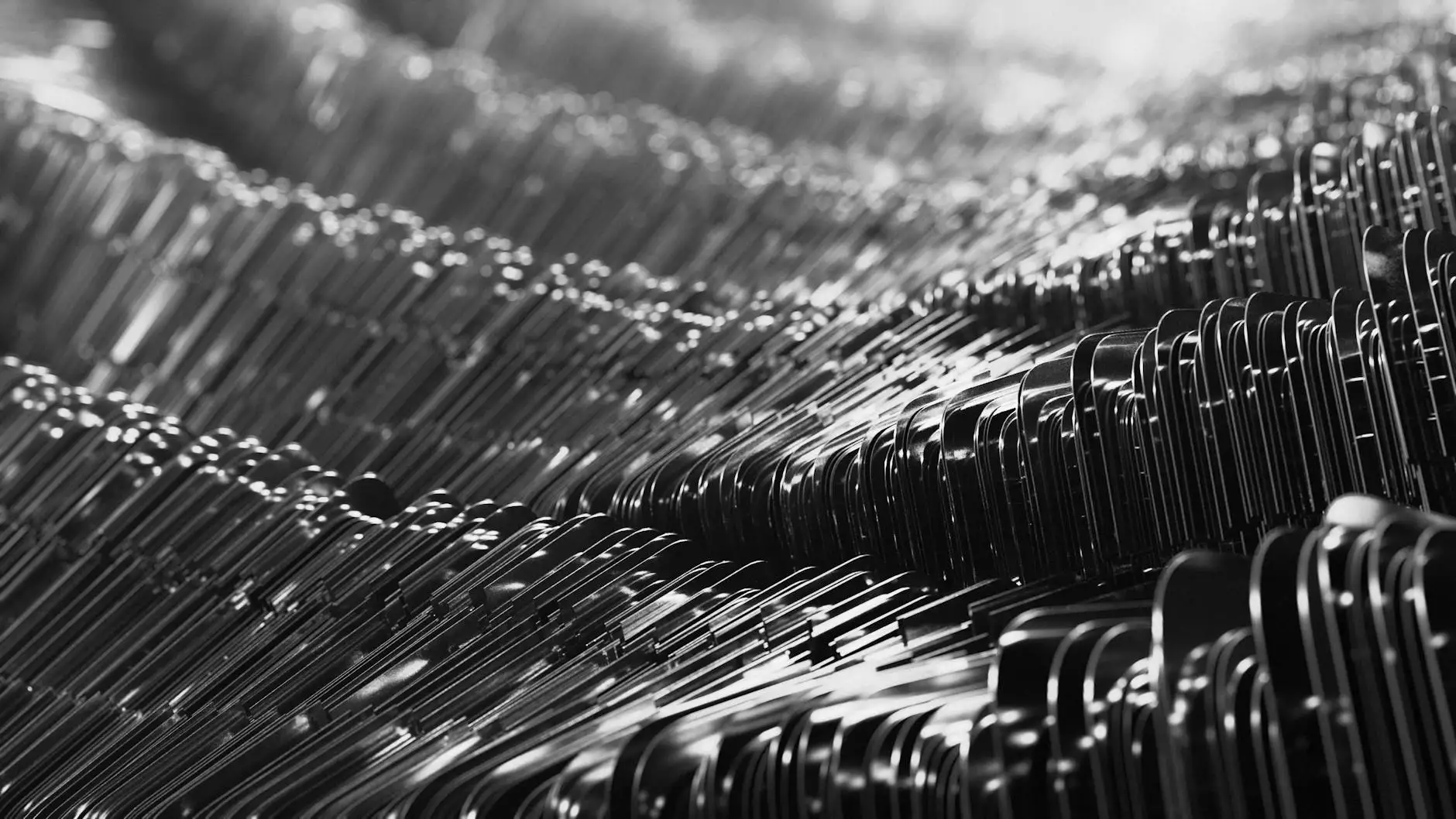The Advantages of SLS Laser Sintering in Metal Fabrication and 3D Printing

In the rapidly evolving world of manufacturing and product development, businesses are constantly seeking advanced technologies to optimize their production processes. One such technology that has gained significant popularity is Selective Laser Sintering (SLS) Laser Sintering. This cutting-edge technique has revolutionized both metal fabrication and 3D printing industries, offering a myriad of advantages that can significantly enhance the quality, efficiency, and cost-effectiveness of production. In this article, we will explore the benefits and applications of SLS laser sintering, specifically in the context of metal fabrication and 3D printing.
Understanding SLS Laser Sintering
SLS laser sintering is a process that utilizes a high-powered laser to selectively fuse particles of a powdered material together, layer by layer, to create intricate and highly detailed components. The technology relies on a precise control of laser power, scanning patterns, and temperature to achieve optimal sintering conditions. SLS laser sintering is particularly renowned for its ability to fabricate complex geometries that were previously difficult or even impossible to produce using traditional manufacturing methods.
Advantages of SLS Laser Sintering
1. Design Freedom and Complexity
One of the most significant advantages of SLS laser sintering is its ability to create intricate and complex designs with incredible detail. Traditional manufacturing processes often have limitations when it comes to producing intricate shapes or features, making them costly and time-consuming. With SLS laser sintering, designers have the freedom to create complex geometries, including internal structures and undercuts, without the need for assembly. This capability unlocks immense potential for innovation in product design and functionality.
2. Wide Range of Materials
SLS laser sintering is compatible with a wide variety of materials, including metals, thermoplastics, ceramics, and composites. This versatility allows businesses to choose the most suitable material for their specific applications, depending on factors such as strength, heat resistance, durability, or even aesthetic appeal. The ability to work with diverse materials opens up endless possibilities for product development across various industries, from automotive and aerospace to healthcare and consumer goods.
3. Cost-Effectiveness
Contrary to popular belief, SLS laser sintering can often be a cost-effective solution for manufacturing complex parts, especially when compared to traditional methods such as CNC machining or injection molding. With SLS, there is no need for expensive tooling or molds, which significantly reduces upfront costs and lead times. Additionally, the ability to consolidate multiple components into a single printed part can lead to further cost savings in assembly, post-processing, and inventory management.
4. Rapid Prototyping and Iterations
SLS laser sintering enables rapid prototyping and fast iterations of product designs. The technology allows for quick design changes and adjustments without the need for retooling or complex setups. This agility in the design process accelerates time-to-market, enabling businesses to stay competitive in dynamic industries where speed is paramount. With SLS laser sintering, it becomes easier to validate designs, test functionality, and gather valuable feedback from customers before committing to full-scale production.
5. End-Use Part Production
While SLS laser sintering has traditionally been associated with prototyping, advancements in materials and process control have paved the way for its adoption in end-use part production. Modern SLS systems can achieve mechanical properties comparable to those of conventionally manufactured parts, making them suitable for functional testing and even small-batch manufacturing. This versatility further solidifies SLS laser sintering as a viable production method for a wide range of industries.
Applications of SLS Laser Sintering
The applications of SLS laser sintering span across multiple industries, thanks to its unique advantages and capabilities. Let's explore a few key areas where this technology has made a significant impact:
Metal Fabricators
SLS laser sintering has revolutionized metal fabrication by enabling the production of complex metal parts with reduced time and cost. It is particularly useful when dealing with high-value metals, such as titanium or stainless steel, as it minimizes material waste during production. Metal fabricators can leverage SLS laser sintering to create lightweight components, intricate metal structures, and even custom tooling for various applications. The technology's ability to handle multiple metals and alloys further enhances its versatility in metal fabrication.
3D Printing
In the field of 3D printing, SLS laser sintering plays a vital role in expanding the possibilities of additive manufacturing. It allows for the creation of functional prototypes, architectural models, personalized medical implants, and durable end-use parts. With SLS, 3D printing becomes more than just a tool for visualization—it becomes a reliable method for producing functional, reliable, and custom-designed components. The ability to print on-demand, without the need for complex tooling or inventory management, gives businesses a competitive edge in today's fast-paced market.
Partnering with quickparts.com for SLS Laser Sintering
When it comes to taking full advantage of the immense potential of SLS laser sintering, partnering with a trusted and experienced service provider is essential. This is where quickparts.com comes in. As a leading provider of metal fabrication and 3D printing services, quickparts.com offers a comprehensive range of solutions to meet diverse customer needs.
With their state-of-the-art facilities and a team of industry experts, quickparts.com brings unparalleled expertise in SLS laser sintering technology. They have a proven track record of delivering high-quality, precision-engineered components to industries such as aerospace, automotive, medical, and more. Their commitment to innovation, customer satisfaction, and competitive pricing makes them the ideal partner for businesses looking to leverage the power of SLS laser sintering.
Conclusion
In conclusion, SLS laser sintering has emerged as a game-changer in both metal fabrication and 3D printing industries. The technology offers a multitude of benefits, including design freedom, a wide range of materials, cost-effectiveness, rapid prototyping, and the ability to produce end-use parts. Its applications span across various industries, opening up opportunities for innovation and improved manufacturing processes.
If you are looking to harness the power of SLS laser sintering and stay ahead in today's competitive market, quickparts.com is your trusted partner. With their expertise, state-of-the-art facilities, and commitment to customer satisfaction, they are well-equipped to meet your unique requirements and deliver exceptional results.








